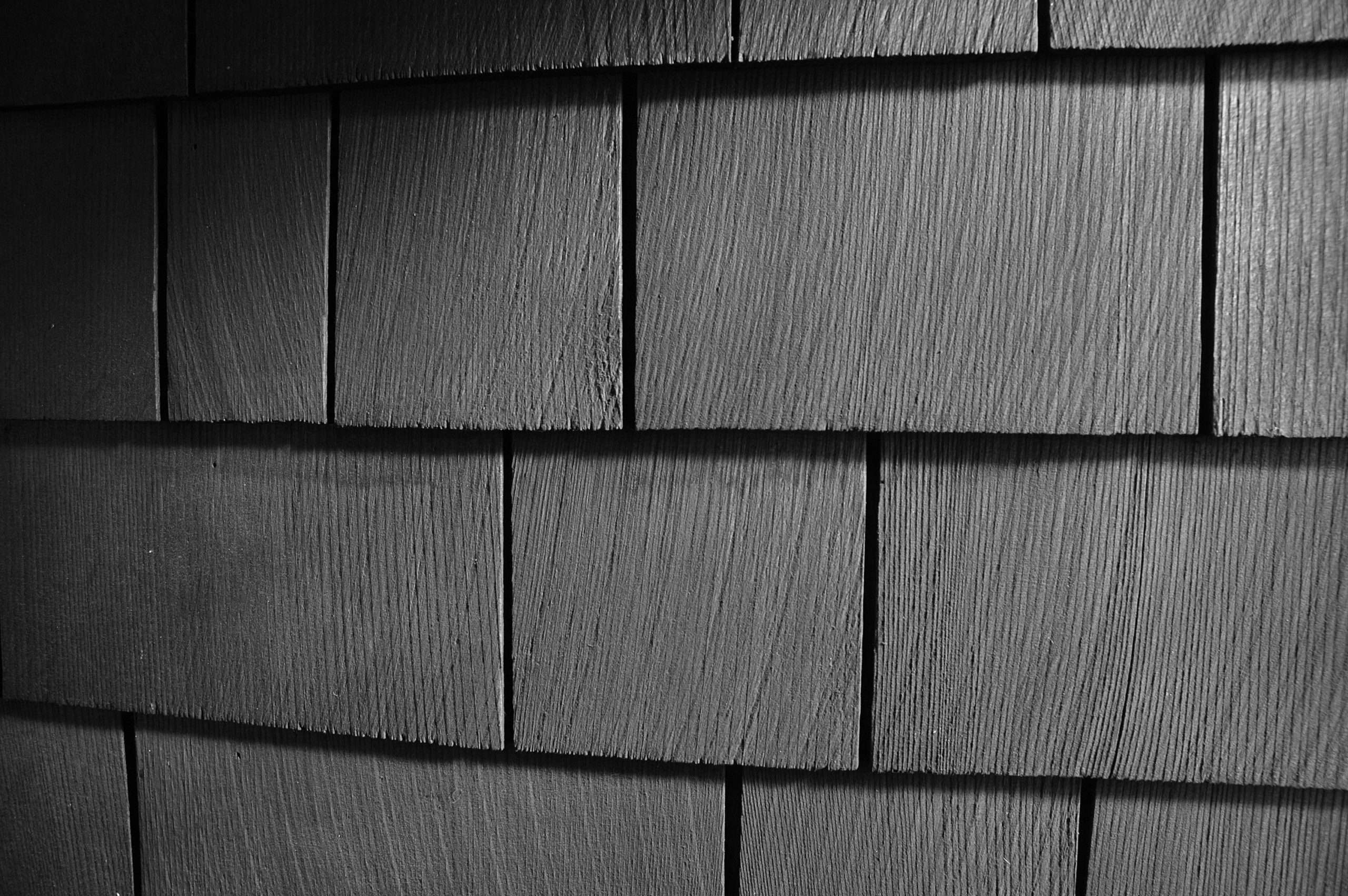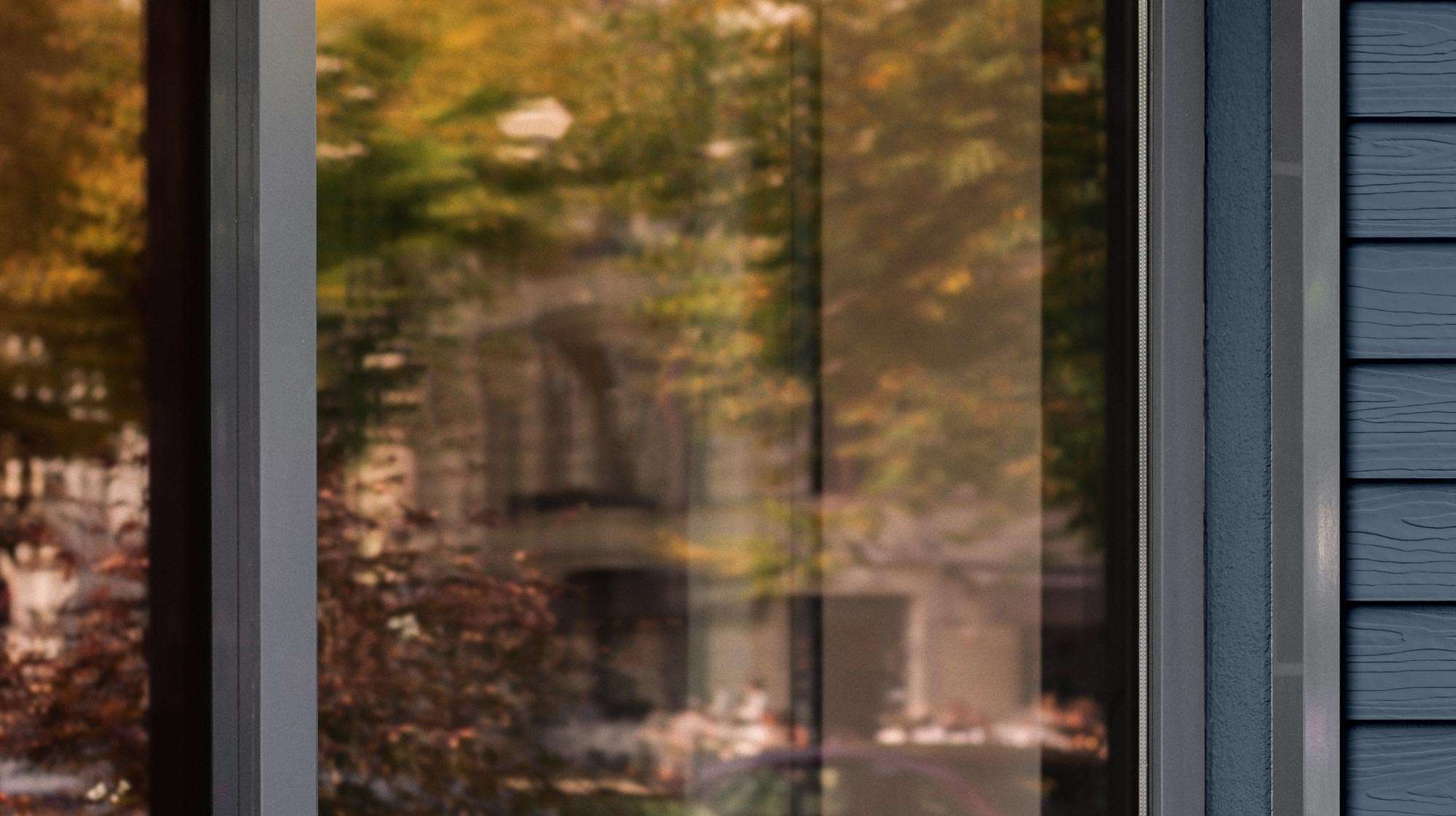Perhaps you have heard of products that Azek/Timbertech produce for home siding, and decks. These are made from engineered polymers, which have revolutionized various industries, especially the housing and construction sector.
These materials offer a blend of durability, adaptability, and resilience, and are a viable option to traditional materials, namely wood. Let's delve into the complex scientific world of engineered polymers to understand how they are made.
Table of Contents
- Base Materials and Polymerization
- Copolymerization, Additive and Fillers
- The Process
- Cross-linking for Strength
- Added Benefit: Recycling and Sustainability
Base Materials and Polymerization
At the foundation of engineered polymers are the raw materials, typically derived from petrochemical sources. These include monomers such as ethylene, propylene, and styrene, which are the building blocks for creating the polymer chains.
The core process in making engineered polymers is polymerization. Here, the monomers are chemically bonded together to create long, repeating chains of polymers. There are various methods of polymerization.
Addition Polymerization
Monomers with unsaturated bonds (double or triple bonds) are opened and linked together. This process does not produce byproducts.
Condensation Polymerization
When monomers with functional groups react, the reaction produces a small molecule byproduct – water or methanol, for example.
Copolymerization, Additive and Fillers
To achieve specific properties, different monomers can be combined in a process called copolymerization. This allows manufacturers to tailor the properties of the polymer; improving its temperature resistance or flexibility.
To further customize the polymer's properties, various additives and fillers are introduced:
- Plasticizers: Enhance flexibility.
- Stabilizers: Protect the polymer from environmental degradation, such as UV radiation.
- Flame retardants: Reduce the flammability of the polymer.
- Fillers: Often inorganic materials that can improve strength, flexibility, or reduce production costs.
The Process
Once the polymer is formed, it undergoes various processing techniques to be shaped into products for housing:
- Extrusion: The polymer is forced through a die to produce long sections, like pipes or siding.
- Injection Molding: Molten polymer is injected into a mold to produce complex shapes, often used for fittings or housing components.
- Blow Molding: Used for hollow objects, like tanks or containers.
- Compression Molding: The polymer is heated and compressed in a mold, suitable for larger, less detailed parts.
Cross-linking for Strength
For certain applications where additional strength or thermal stability is needed, the polymer chains can be cross-linked, forming bonds between the chains. This makes the material tougher and more resistant to heat and chemicals.
Before the engineered polymer products are shipped for housing applications, they undergo rigorous testing to ensure they meet the required specifications. This includes tests for strength, durability, and resistance to environmental factors.
Added Benefit: Recycling and Sustainability
With increasing environmental awareness, many engineered polymers are now designed to be recyclable. Old polymer products can be melted down and reprocessed, reducing waste, and the need for new raw materials.
The creation of engineered polymers for houses is a blend of chemistry, engineering, and innovation. These materials, with their superior properties, have transformed the housing industry, offering solutions that are durable, adaptable, and increasingly sustainable.
The science behind them ensures that homes can withstand the test of time, weather, and environmental challenges.











